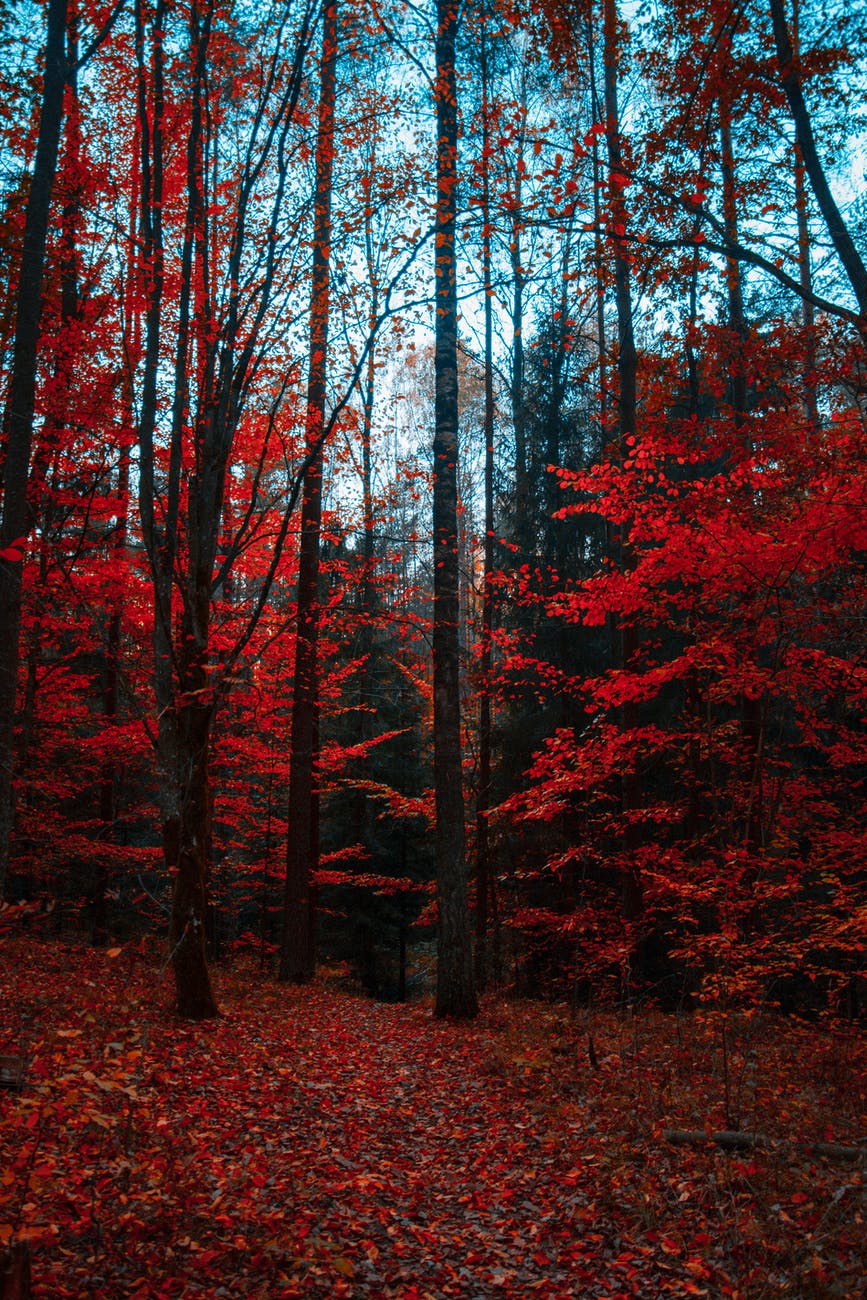
The leaves are beginning to turn orange and fall…but why? What is happening in the solar system that makes the fall come here, while it is warm other places on the planet? And how do the plants and animals react?
Find out in this week’s virtual field trip!
WAYS TO LEARN ABOUT WHY SEASONS CHANGE:
On your own: DIY leaf chromatography
On your own: Model the earth and sun
Seasonal Change Virtual Field Trip: Friday, Oct. 2, 2020
This week’s field trip will try to get to the bottom of why leaves change color. We’ll show you a few experiments that offer evidence. Join us from 10:30 to 11:00!
If you missed it, here is the recording:
If you haven’t registered for our fall field trips yet, go here: https://us02web.zoom.us/meeting/register/tZUpcu6qqTsoHNKDfYwskjOqiSjAU_4HxFma. You’ll receive the link to the call in your email.
If you can’t make the field trip, or want to get more out of it, try some of the activities below!
~~We’ll post the recording of the field trip here the following Monday~~
Leaf Experiment
Have you ever looked at the beautiful fall colors of the tree leaves and wondered:
Where do the fall colors come from?
Well, the old saying that beauty comes from the inside is also true with leaves! When a leaf is first popping out of its bud in early spring, it already has its fall colors inside. Leaves are born with their fall colors.
To prove this you can conduct an experiment. You will need four materials for this activity:
- Rubbing Alcohol (Caution: this can be toxic if ingested. Ask for an adults help while handling)
- A small container
- A few green leaves from the same tree
- A coffee filter

- Once you have gathered you materials, crush up your leaves by rubbing them between your palms.

2. Place the leaves in the container. Carefully pour the rubbing alcohol over the leaves until most of the leaves are covered.


3. Stuff the coffee filter into the container so the bottom of it is in the rubbing alcohol

4. Now it’s time to wait. Let it sit over night. As the rubbing alcohol breaks down the leaf
, the coffee filter will absorb the outer (green) and inner (browns/reds/orange) pigments in the leaves.As you can see, all those colors were in the leaf all along! Try the experiment with a few different kinds of leaves to see the differences.
Now we see where the fall colors came from. But why do you think the trees don’t need the green anymore in autumn and winter? Leave your ideas in the comments!
All because the Earth is tilted
When fall and winter come
, there is less and less sunlight each day. Since trees use sunlight for energy, the trees get less energy. Keeping leaves alive takes a lot of energy, so some trees drop them during this dark time of year.But why are some times of darker and colder at all? Why are there seasons? It’s all because the Earth is tilted. It doesn’t stand straight up and down. Try the activity below to see why that matters.
Try this: imitate the tilt of the earth at home
Conduct this simple activity to see the difference between the effect of light that hits an object directly and light that hits the object at an angle.
You will need:
- a piece of graph paper
- a ruler
- a flashlight

- Tape the flashlight to the end of the ruler.
- First, model sunlight hitting the object directly:
- Place the ruler perpendicular to the graph paper (so it makes a 90 degree angle to the paper).
- Count the number of squares that you see covered by the light.
- Record that number in the table below.
- Next, model sunlight hitting the object at an angle:
- Place the ruler at an angle to the graph paper (your angle can be between 0 degrees and 90 degrees).
- Count the number of squares you see covered by the light.
- Record the number in the table.
| Light | Area: # of squares | Temperature? |
| Direct | ||
| Angled |
What do you notice about the difference between the angled light and the direct light?
Which light (angled or direct) do you think would lead to higher temperature? Why? Could you hold the light for 10 minutes and test your hypothesis by measuring the temperature?
Share your ideas in a comment!
Why the tilt causes seasons
You just modeled the tilt of the earth! Just like your paper, the sun hits parts of the earth at different angles. How does this create seasons? Watch this video to see:
Click through the presentation below to review the ideas from the activity and the video: